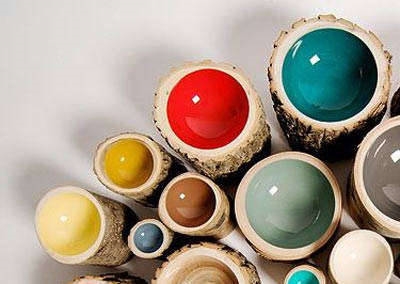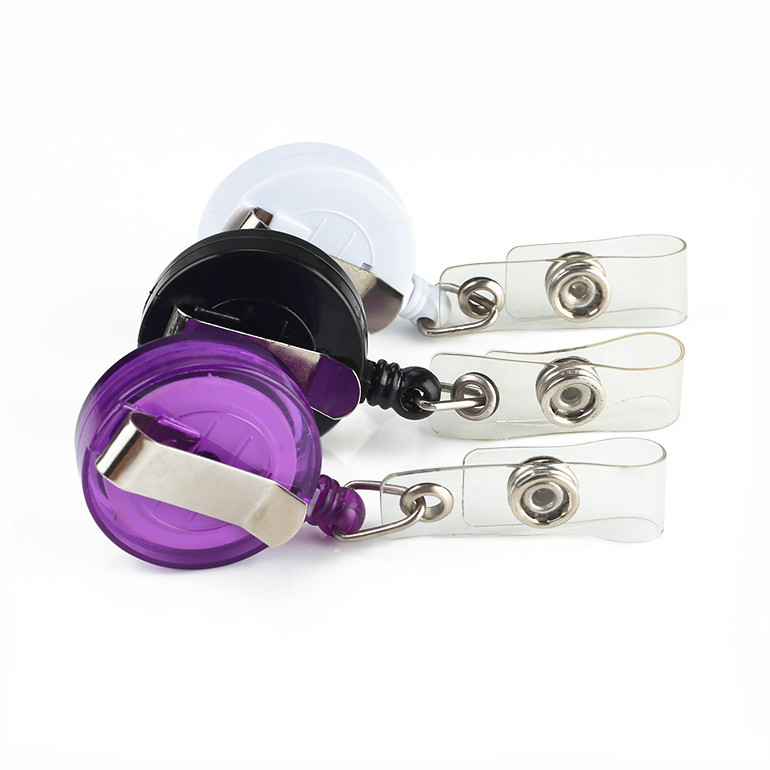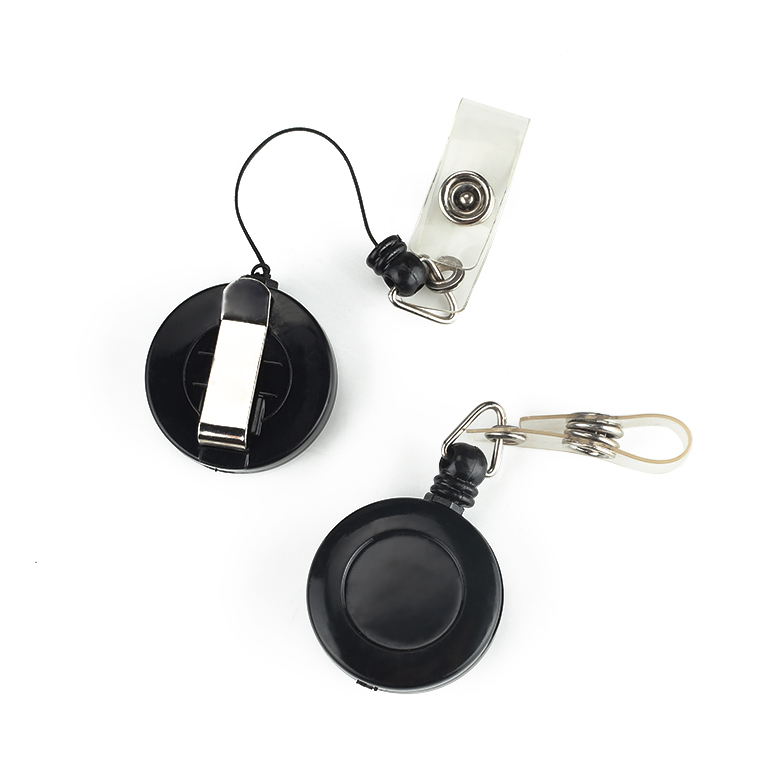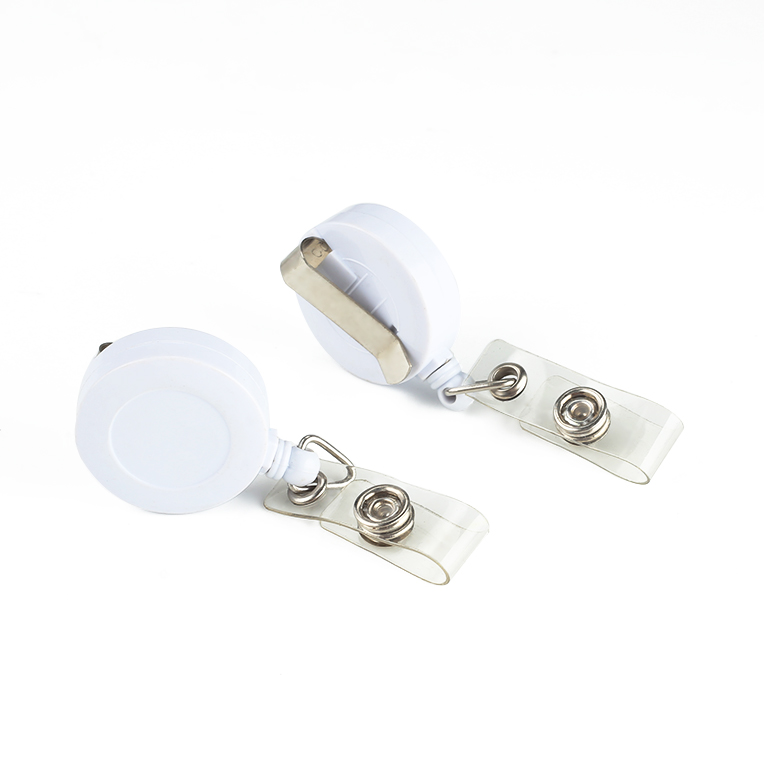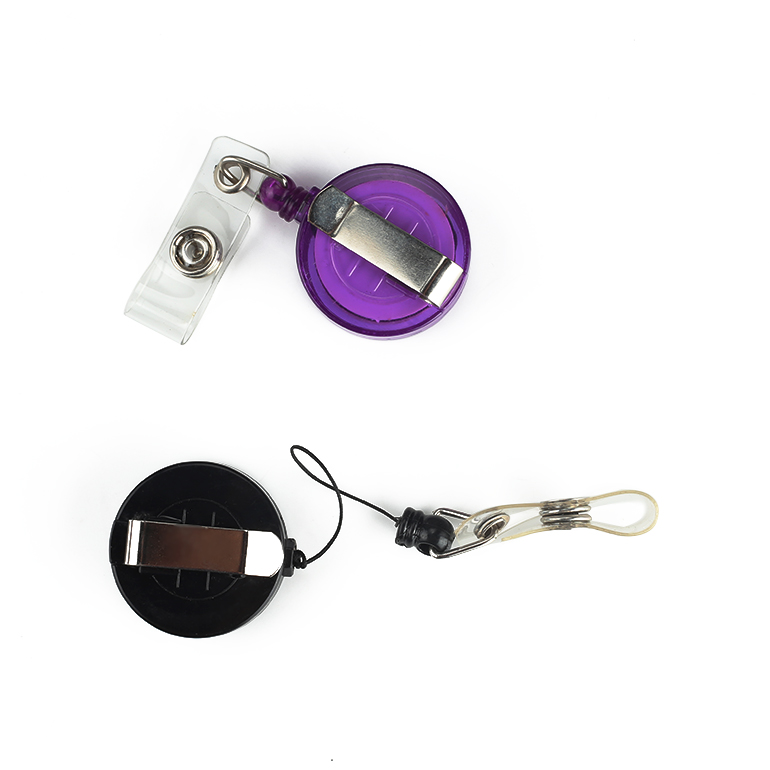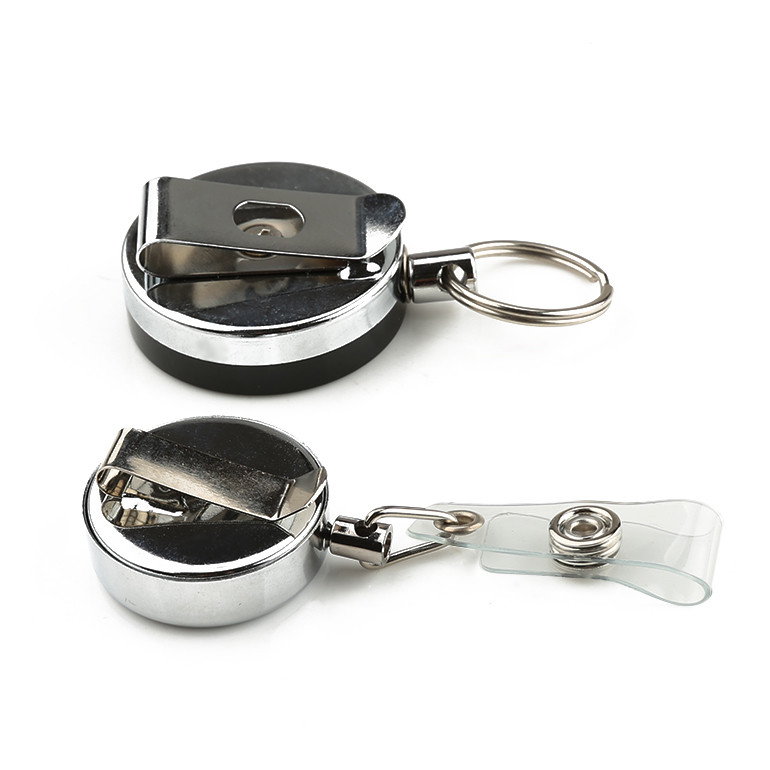[China Aluminum Network] This time, we will discuss the effects of pigment dispersants on the following properties of coatings: gloss, transparency, compatibility, leveling, production, color strength, and VOC reduction. 01 luster This is an indicator of film properties. The higher the gloss, the stronger the reflection. For the gloss of high-quality coatings, the particles cannot be larger than 5 microns and larger than 3 microns. Ink cannot exceed 1 micron. Large particles in the paint either do not disperse effectively, or flocculate, or undergo stimulating crystallization during the formulation process. Polymer dispersants can also reduce large particles formed by flocculation and improve gloss. 02 transparent This is a characteristic of the coating film. The higher the transparency, the easier it is to see the bottom layer. The higher the hiding power, the stronger the hiding power to the bottom layer. The amount of light reflected and passed on the surface determines the hiding power or transparency of the paint. The type of pigment and the degree of dispersion affect this. Due to the influence of refractive index and particle size, the hiding pigments have a greater influence on the reflected light. Polymer dispersants increase transparency by affecting the pigment particle size distribution (more uniform and narrower). For titanium dioxide, high refractive index and large particles can effectively reflect and refract light of various wavelengths. The addition of a polymeric dispersant can increase surface area (decrease agglomerates, decrease particle size) and can further increase hiding power. For transparent pigments, polymeric dispersants improve particle size distribution for more light transmission (increases transparency). 03 compatible Compatibility is important because good compatibility allows coating manufacturers to produce dispersions for many different types of resin products. Polymeric dispersants can increase the pigment concentration, not only increasing the yield, but also reducing the potential for media incompatibility issues from grinding pastes to final products. Therefore, especially in the case of using a highly compatible resin, the polymer dispersant expands the use of the base paint. This is very important for the production of mixed colored paints. 04 Flow/leveling Leveling is the ability of a coating to diffuse on a specific surface. Paint surface defects are usually caused by surface tension and occur relatively quickly. Decorative paint brush marks are also often caused by inadequate leveling. The ideal flow parallelism can be explained by Newtonian mechanics. However, after the pigment is introduced into the system, it will change. This is because particles are affected by chemical bonds and physical interactions and are very susceptible to thixotropy and pseudoplasticity. As the pigment particles are more stable under the action of the polymeric dispersant and the leveling property is increased, Newtonian fluid properties can be improved. It is good for leveling. 05 Production Production refers to the amount of paint and ink produced in one process. The dispersant increases the pigment concentration and can increase the paint yield. Appropriate addition of a polymeric dispersant can lower the viscosity and increase the pigment content of the grind-paste so that the yield can be increased. Within a fixed period of time, more pigments can be dispersed so that more products can be produced with the same weight of abrasive paste. Obviously increasing the speed of dispersion can also increase production. Increased production results in less machine wear and lower energy consumption, especially in lower labor costs and fixed costs per kilogram of finished product. 06 color intensity The color intensity of the paint indicates the intensity of the color hue on the applied surface. Increasing tint strength paints will look brighter and more attractive to customers. By balancing the various factors that are opposite to each other, you can create better grinding conditions. Decreasing the average particle size of the pigment can increase the color strength. Increasing the pigment content in the grind paste will increase the mutual collision of particles and increase the crushing rate of the pigment, but it also increases the viscosity, reduces the kinetic energy of the grind, and reduces the crushing ability of the grinded beads or beads to the pigment. Using polymer dispersants can change this change. Using a dispersant can grind higher pigment concentrations, allowing the particles to break more quickly while preventing the increase in viscosity during the grinding process. In the end, the dispersant increases the collision stability of finer particles, does not flocculate, and fully exerts its intrinsic color intensity. 07 Volatile Organics VOC VOC, or volatile organics, refers to organic solvents that volatilize in the air. The lower the VOC, the less potential air pollution. This requires increasing the solids content of the coating. The viscosity of the coating is determined by solvents, resins, and pigments. For ordinary low solid content paints, the effect of the pigment on the viscosity is not greatly affected by the resin solvent. However, the high solid content paint has less solvent and the resin has a low viscosity, so the effect of the pigment is very obvious. Polymer dispersants significantly reduce the effect of pigments on viscosity by reducing the mutual attraction between the particles. Therefore, for high solids coatings, the addition of dispersants will greatly reduce the viscosity, or, if the viscosity is the same, less solvent will be used. Metal ID Card Badge Reel,YoYo ID Card Badge Holder,Lanyards Id Badge Holder Wintape Measuring Tape Company , https://www.wintapetape.com